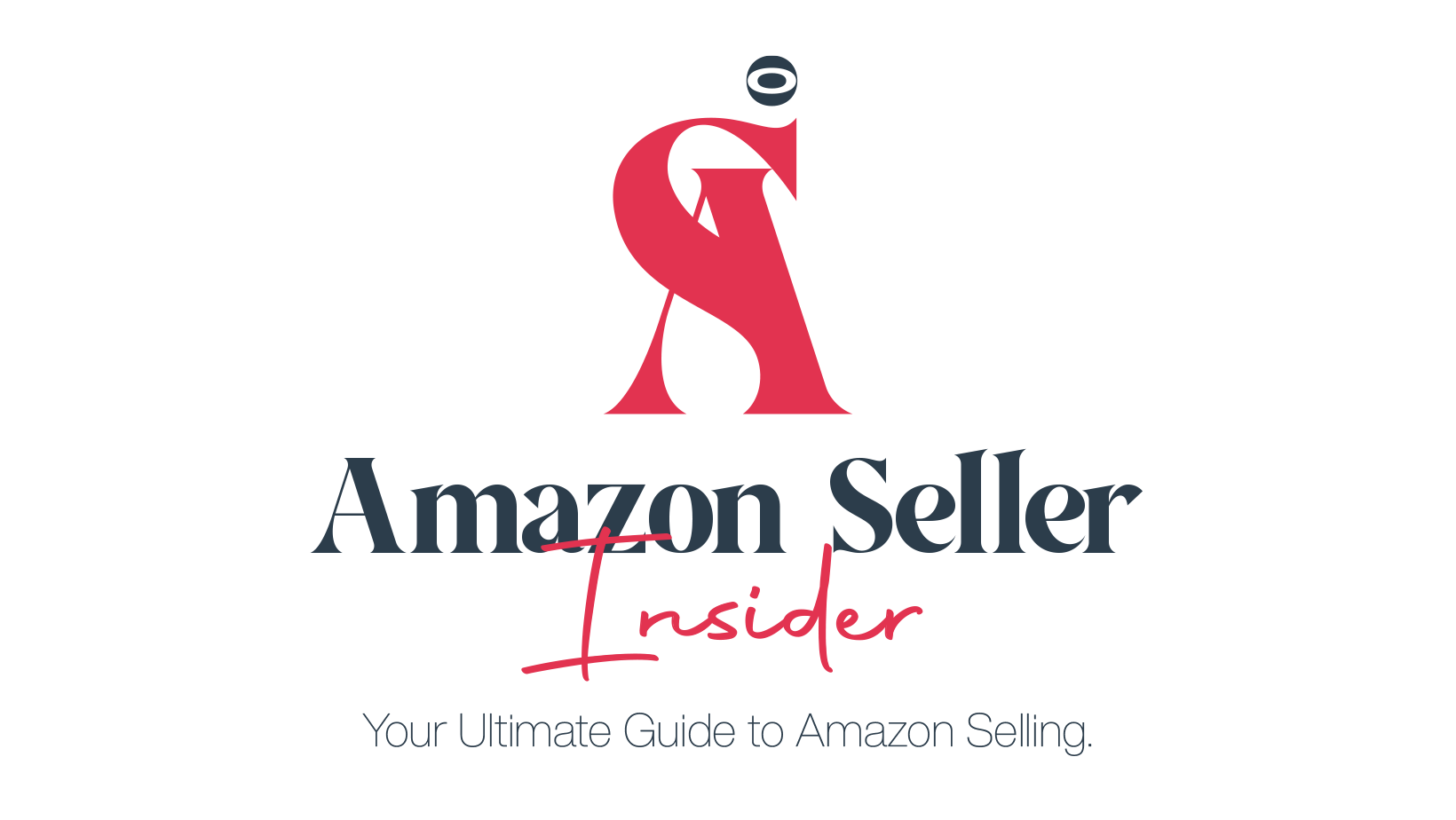The Latin American economy is expected to bounce back in 2024 and 2025, according to World Bank economists. This positive outlook is driven by a decrease in inflation and interest rates, which is anticipated to boost business and consumer spending across the region. One company that stands to benefit from this growth is MercadoLibre (MELI), the largest e-commerce company in Latin America.
In addition to the favorable economic conditions, MercadoLibre is also poised to benefit from the recent record high of the S&P 500, signaling a new bull market. Historically, stocks have performed well during bull markets, and MercadoLibre is likely to follow suit.
MercadoLibre’s position as the leading e-commerce and fintech ecosystem in Latin America gives it a competitive advantage. Its marketplace is the most visited digital shopping destination in the region, and its payments business, Mercado Pago, is the sixth-largest acquirer. This scale creates a network effect that attracts both merchants and customers as the ecosystem expands. Additionally, MercadoLibre’s vast transaction data enables it to prevent fraud and offer financial services like merchant loans and consumer credit products.
Furthermore, MercadoLibre has become the largest retail advertiser in Latin America by leveraging its customer engagement and shopper data. Its advertising revenue has grown by over 70% in the last six quarters, making it a promising ad tech company for 2024.
To enhance its position in commerce, MercadoLibre has heavily invested in logistics capabilities. It offers shipping and fulfillment services to merchants, ensuring fast and reliable delivery for buyers. In the third quarter alone, MercadoLibre’s logistics network handled a record 94.2% of all shipments, with nearly 80% delivered within 48 hours.
Taking a page from Amazon’s playbook, MercadoLibre has expanded into adjacencies like payments, logistics, and digital advertising. While Amazon’s cloud computing business contributes to its higher valuation, MercadoLibre’s strategic moves have positioned it as a strong contender in the Latin American market.
In terms of financial performance, MercadoLibre reported robust growth in the third quarter. Total revenue increased by 40%, driven by sales growth in both its commerce and fintech businesses. GAAP net income also climbed by 178%, primarily due to higher interest income and improved asset quality.
Looking ahead, analysts forecast that MercadoLibre will outpace the market average in e-commerce sales, digital payments revenue, and the ad tech market. With a Wall Street consensus calling for 24% annual sales growth over the next five years, MercadoLibre’s current valuation of about 6.4 times sales appears reasonable.
While it may not reach the scale of Amazon anytime soon, patient investors may find MercadoLibre to be a promising growth stock with the potential for significant value appreciation in the coming years.
Disclosure: John Mackey, former CEO of Whole Foods Market and an Amazon subsidiary, serves on The Motley Fool’s board of directors. Trevor Jennewine, the author of this article, holds positions in Amazon, MercadoLibre, and Walt Disney. The Motley Fool has positions in and recommends Amazon, MercadoLibre, and Walt Disney.

